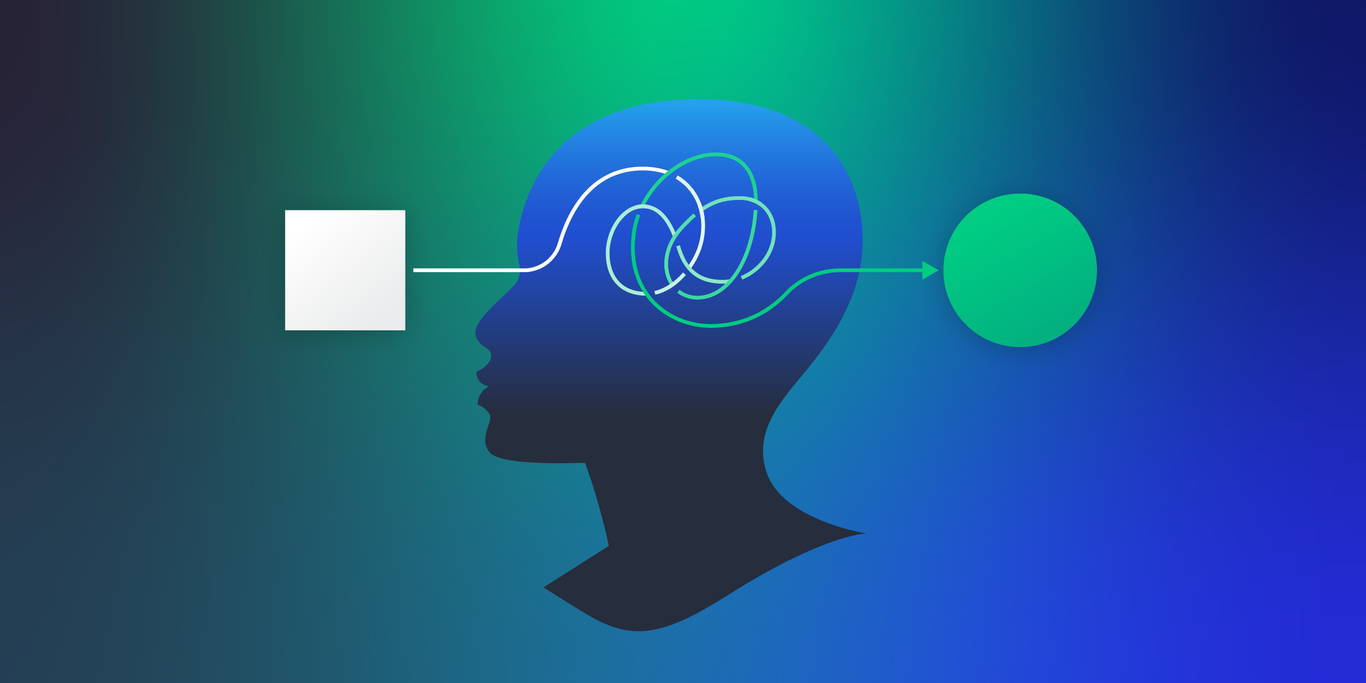Understanding Cognitive Bias in Product Design, the Good and Bad (With Infographic)
Knowing the psychology of how and why we make certain decisions can help in creating more user-centric sites and apps.
Knowing the psychology of how and why we make certain decisions can help in creating more user-centric sites and apps.
Nataliia is a product design expert who specializes in conversion-rate optimization and holds the Nielsen Norman Group certification in UX design. She has a particular focus on research and analytics-based decision making. Her recent clients include education technology company Carnegie Learning; British National Health Service health app Now Patient; and business services company Office Automated.
If you tend to think that a negative life event such as an illness is less likely to happen to you than to someone else, that’s because of a cognitive bias. If you’ve ever stuck with a project you knew was unprofitable simply because you’d already invested time and money in it, you persisted because of a cognitive bias.
Cognitive biases are patterns of thinking that result from the mental shortcuts we take in order to process the millions of pieces of information bombarding us daily. An increasing body of research has shown the harm cognitive biases can cause by leading us to base our decisions on hunches and incomplete information, rather than on fact. These cognitive biases are why people fail to save enough money for retirement or think it’s safer to travel by car than by plane, even though statistically speaking, it’s not.
How Cognitive Biases Help and Hinder Decision Making
Unlike mental models—expectations of how a system will work based on prior experience—cognitive biases are hard-wired into our brains. For example, we might form a mental model of how to check out at an e-commerce site based on years of shopping on Amazon. In contrast, our brains automatically form cognitive biases to help us parse the world efficiently. Without these patterns, we could easily become mired in thinking and rethinking every decision, large or small. Yet, biases can also lead us to believe—and make choices based on—wildly inaccurate information and misperceptions.
It is crucial, therefore, that designers recognize their own cognitive biases and realize that the decisions they’re making may be shaped by assumptions or incomplete information. Knowing this will allow designers to check the impulse to, for instance, word questions in UX research surveys in such a way as to prove something they already believe, or to misinterpret data from analytics tools to fit a preconceived notion.
Inform User-centric Design With Cognitive Biases
As the fast-growing discipline of neuroscience sheds more light on how and why we behave the way we do, designers can and should develop a deep knowledge of cognitive biases. Understanding the neurological and psychological underpinnings of why users interact with products in particular ways can help designers create more user-centric websites and apps, even when they don’t have the time or budget for extensive customer research. It can also help in developing an explanation for a client about why a certain design decision is best.
This infographic illustrates some of the primary cognitive biases that influence user behavior on the web. By harnessing the power of these biases, designers can create more intuitive products that meet users’ needs.

Download a PDF version of this infographic.
Recognize Cognitive Biases to Create Effective Digital Products
The mind is a complex web of thoughts, preferences, and beliefs—both conscious and unconscious. And while it may be difficult to pinpoint the psychological factors that motivate a single user, an awareness of cognitive biases makes it possible for designers to better anticipate how large segments of users will react to a lengthy list of UI patterns and UX techniques.
Further Reading on the Toptal Blog:
Understanding the basics
What is cognitive bias?
Cognitive biases are patterns of thinking that result from the mental shortcuts we take in order to process the millions of pieces of information bombarding us daily. An increasing body of research shows the harm cognitive biases can cause by leading us to base decisions on incomplete information.
What are some examples of cognitive bias?
Some examples of cognitive biases that can be harnessed in design include the Goal Gradient Effect; Labor Illusion; Progressive Disclosure Effect; Social Proof; Halo Effect; Miller’s Law; Ikea Effect; Loss Aversion; Decision Fatigue; Variable Reward; Von Restorff Effect; and Center Stage Effect.
How can cognitive biases influence the design process?
Understanding how cognitive bias in product design works can help designers create more user-centric websites and apps, even when they don’t have the time or budget for extensive customer research. It can also help in developing an explanation for a client about why a certain design decision is the best.
Kiev, Ukraine
Member since February 13, 2019
About the author
Nataliia is a product design expert who specializes in conversion-rate optimization and holds the Nielsen Norman Group certification in UX design. She has a particular focus on research and analytics-based decision making. Her recent clients include education technology company Carnegie Learning; British National Health Service health app Now Patient; and business services company Office Automated.

